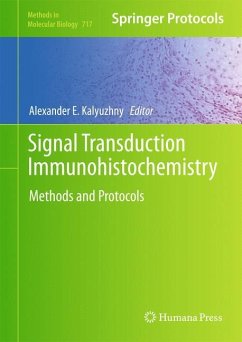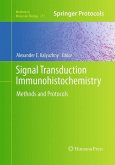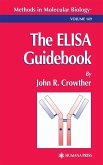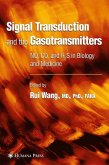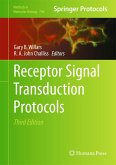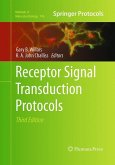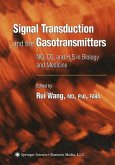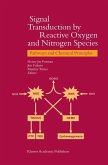Unlike detecting constitutively expressed targets, immunohistochemical detection of labile, low abundance, and short-lived signal transduction molecules can be a very difficult task. In Signal Transduction Immunohistochemistry: Methods and Protocols, IHC experts contribute detailed protocols addressing the numerous challenges of signal-transduction immunohistochemistry (ST-IHC). Beginning with a set of introductory chapters, the volume moves on to cover techniques used for the preservation of antigens and their unmasking, protocols in digital imaging and image analysis of stained cells and tissues, high-throughput data collection and data analysis, and techniques used in neuroscience as well as cancer and stem cell research. Written in the highly successful Methods in Molecular Biology(TM) series format, chapters include brief introductions to their respective topics, lists of the necessary materials and reagents, step-by-step, readily reproducible laboratory protocols, and tips on troubleshooting and avoiding known pitfalls.
Authoritative and practical, Signal Transduction Immunohistochemistry: Methods and Protocols serves as an ideal guide for novices and as a bastion of inspiring ideas to be exploited by experienced researchers on the lookout for new experimental tricks and hints.
Authoritative and practical, Signal Transduction Immunohistochemistry: Methods and Protocols serves as an ideal guide for novices and as a bastion of inspiring ideas to be exploited by experienced researchers on the lookout for new experimental tricks and hints.
From the reviews: "Each of us daily using immunohistochemical protocols to reveal targets either useful for research or diagnostic aims will surely wonder by which tricky techniques it is possible to overcome the preservation and unmasking of those labile antigens involved in signal transduction. Well, by seventheen chapters grouped in five parts Prof. Alexander E. Kalyuzhny is presenting an invaluable technical and methodological source of hints to satisfy our needs: to overcome troubleshottings if we are already in the field or to orientate those entering the field." (Carlo Albert Redi, European Journal of Histochemistry, July, 2011)

